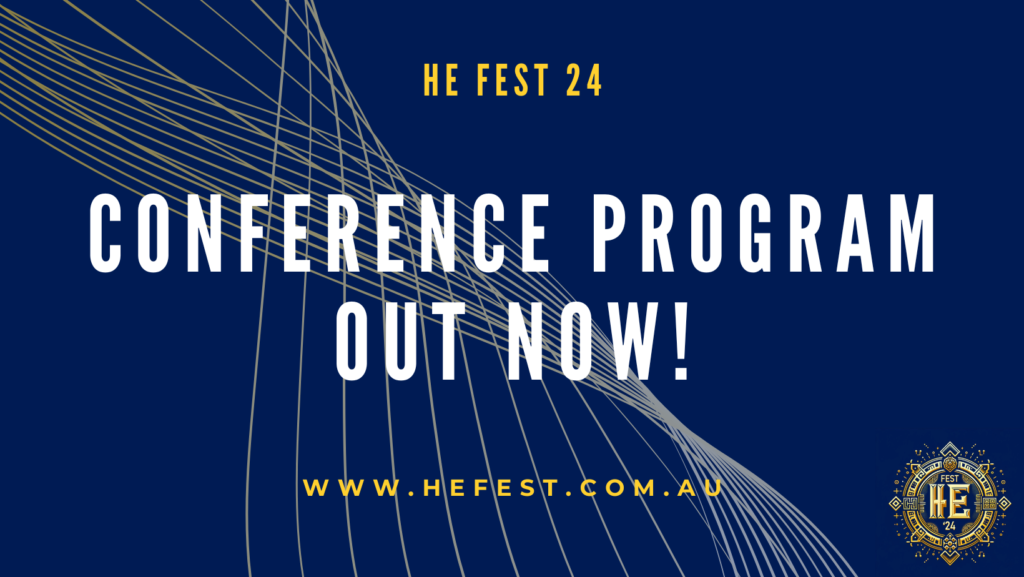Student use of AI is inevitable – the challenge is to establish its role – which a new paper for the Tertiary Education Quality and Standards Agency addresses.
In Assessment reform for the age of artificial intelligence, Jason M. Lodge, (Uni Queensland), Sarah Howard, Uni Wollongong), Margaret Bearman, and Phillip Dawson, (Deakin U) (with input from many others) present five propositions for using AI in assessment:
- “appropriate, authentic, engagement.” “If critical, ethical and productive engagement with AI is taught and integrated into assessment tasks in meaningful ways, then students will regard it as an essential part of their university studies”
- Programmatic approaches that are aligned with discipline values, “provides multiple means for educators to make judgements about student progress, without losing the emphasis on feedback and dialogue”
- Incorporating into the process of learning, “feedback on artefacts that reflect critical thinking, judgement, decision-making … components of the process that AI is less able to simulate”
- Student work with each other, and AI, in “an articulation of, and design for, the acceptable ways students work with each other and AI. Students should describe and reflect on the role of people and technologies in how the collaborative work was carried out.”
- Understanding what students are capable of without AI … “identifying the key assessment moments at a program level, and securing those”


